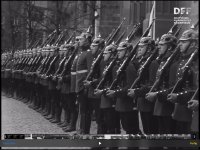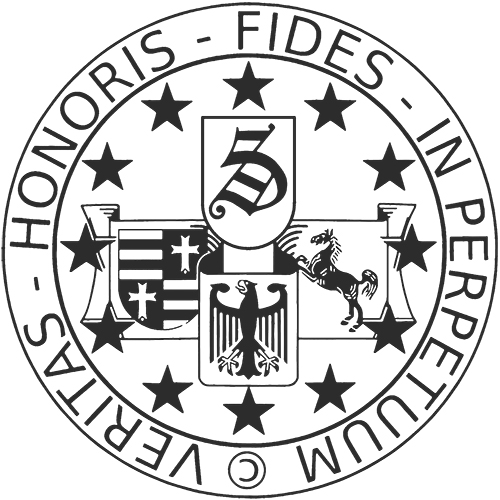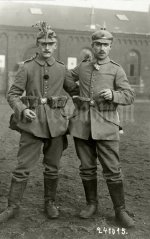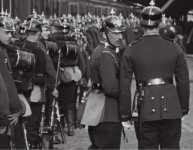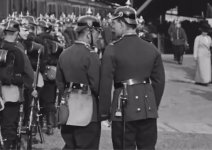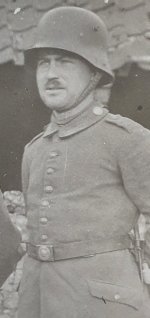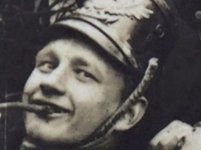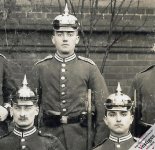Chinstrap and chinscale is a somewhat slightly more complex topic.
As you correctly noted, there were units that put on the chinscales for parades and in the garrison. I was able to verify this rule for the troops from Bavaria and Hesse. In Prussia, the chinstrap, if it was introduced, was no longer removed. There are several photos of soldiers wearing chinstraps on parades. Unfortunately, I was unable to find out the rules for Saxony and Wurttemberg so quickly.
Acc. to cab.-order of march 3, 1887, the chinstrap was introduced only for the infantry. However, the Guards Infantry and Grenadier Regiments No. 1-12 were excluded from this in times of peace.

historien-kabinett.de
I think the chinstrap was introduced for all foot troops with cab.-order of May 18, 1894. Mounted units then only adopted the M91 fastening system for their chinscales.

historien-kabinett.de
In 1915, the general introduction of the chinstrap followed for all units, with the exception of metal helmets, the 1st GRzF and officers in general. These 3 groups kept the chinscales on the helmet without cover and only wore the chinstrap on the helmet with cover.

historien-kabinett.de
On the subject of NCOs with portepee, you can see on the attached photo, an excerpt from a video about the entry of the NCO school in Wetzlar from 1914, that a NCO with portepee clearly wears a chinstrap. I don't believe that the proud officers would have allowed an enlisted man to wear a chinscale on his helmet if he wasn’t authorized. The chinscales would be very conspicuous next to the chinstraps and in Prussia there was a rule of uniformity. This meant that an uniform modification was either introduced for a group, e.g. a battalion, so that the soldiers all looked the same, or it wasn't introduced at first.
